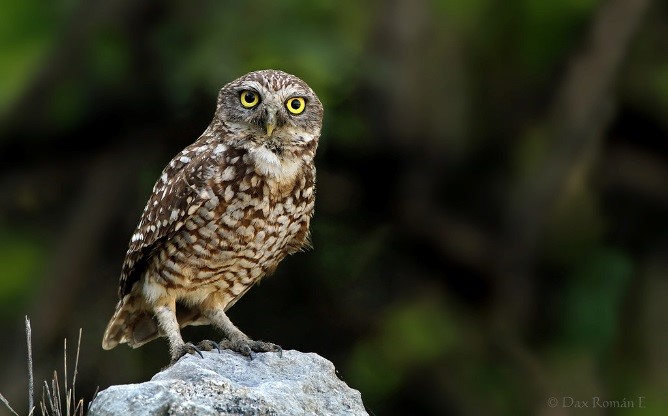Birdfinding.info ⇒ An insular form of Burrowing Owl that is locally common in the southwestern D.R., especially in the foothills and adjacent plains of the Sierra de Bahoruco. Sites where it is often found include Puerto Escondido, La Placa, lower elevations of Alcoa Road and the road to Los Arroyos, and side-roads south of Barahona. In the northern D.R. it can be found at Monte Cristi.
“Hispaniolan Burrowing Owl”
Athene cunicularia troglodytes
Endemic to Hipaniola, Gonâve, and Beata, where it occurs in dry open and semiopen habitats, including some types of woodland.
On the Hispaniolan mainland, it occurs mainly in two areas: (1) in the north from Cap-Haitien east along the coast to Puerto Plata and in the Río Yaque Valley to Santiago de los Caballeros; and (2) in the south throughout the Neiba Valley (including the environs of Port-au-Prince) east along the coast to Baní and south throughout the Barahona Peninsula and adjacent south-coastal Haiti.
Small, isolated populations exist around Les Cayes (western Tiburon Peninsula), in north-central Haiti, and possibly also near Punta Cana.
Identification
Generally similar to other forms of Burrowing Owl, but darker, more distinctly marked, and about 10 to 20% smaller.
It has a dark chest with distinct white spots and boldly “ribbed” barring on the belly. The upperparts are medium- to dark-brown with smallish, well-defined white spots. The crown is densely streaked.
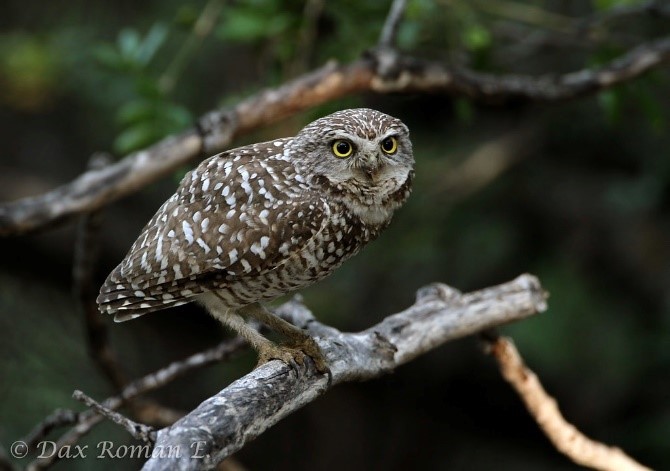
“Hispaniolan Burrowing Owl,” A. c. troglodytes—note the strong contrast between the dark brown base coloration and the white spots. (Francisco Alberto Caamaño Deñó National Park, Dominican Republic; May 26, 2012.) © Dax M. Román E.
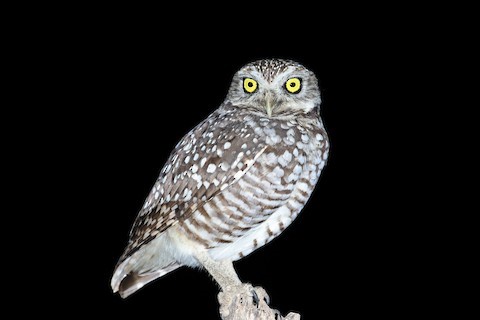
“Hispaniolan Burrowing Owl,” A. c. troglodytes—note the boldly “ribbed” barring on the belly. (Puerto Escondido, Dominican Republic; January 23, 2019.) © Jay McGowan
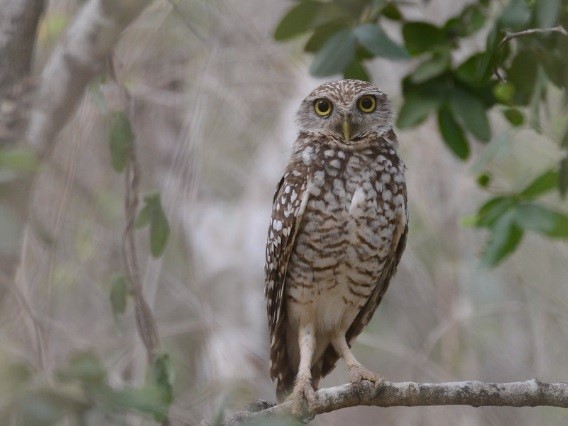
“Hispaniolan Burrowing Owl,” A. c. troglodytes. (Rabo de Gato Trail, Dominican Republic; April 11, 2015.) © Alan Van Norman
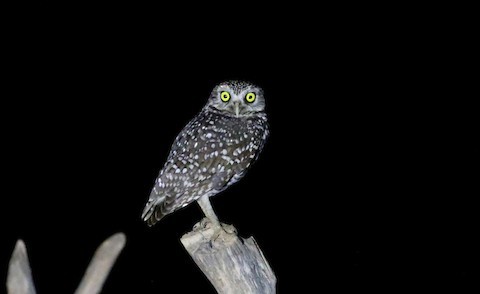
“Hispaniolan Burrowing Owl,” A. c. troglodytes. (Puerto Escondido, Dominican Republic; January 21, 2019.) © Jay McGowan
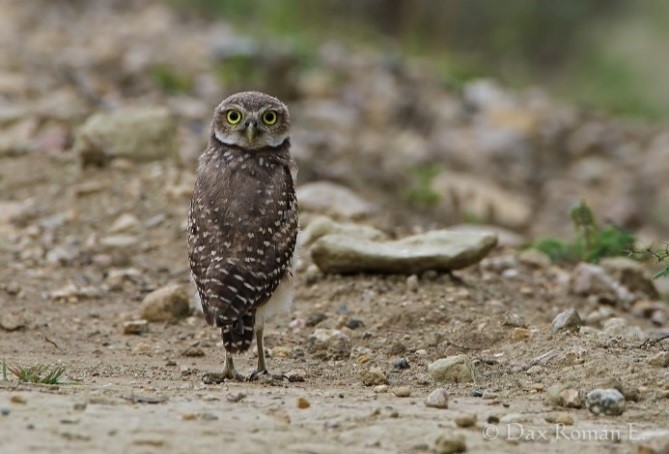
“Hispaniolan Burrowing Owl,” A. c. troglodytes, immature, dorsal view showing less spotting on back than adult. (Monte Cristi, Dominican Republic; May 30, 2013.) © Dax M. Román E.
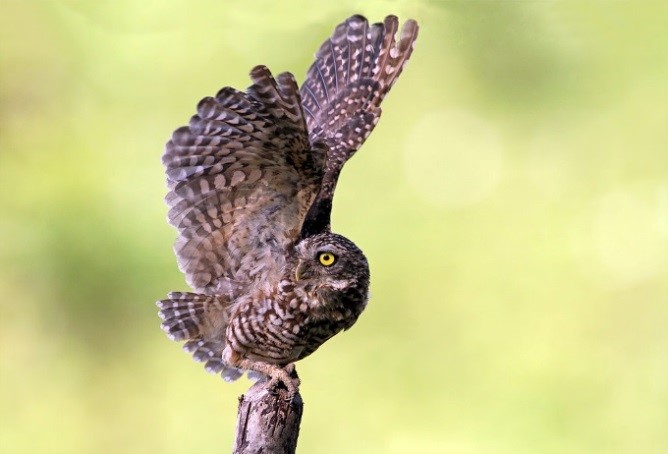
“Hispaniolan Burrowing Owl,” A. c. troglodytes, showing the barring on its wings and heavy mottling on the wing linings. (Francisco Alberto Caamaño Deñó National Park, Dominican Republic; November 18, 2012.) © Dax M. Román E.
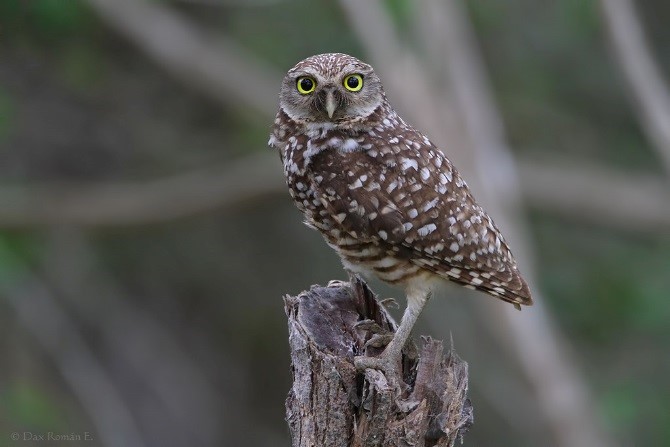
“Hispaniolan Burrowing Owl,” A. c. troglodytes. (Monte Cristi, Dominican Republic; May 30, 2013.) © Dax M. Román E.
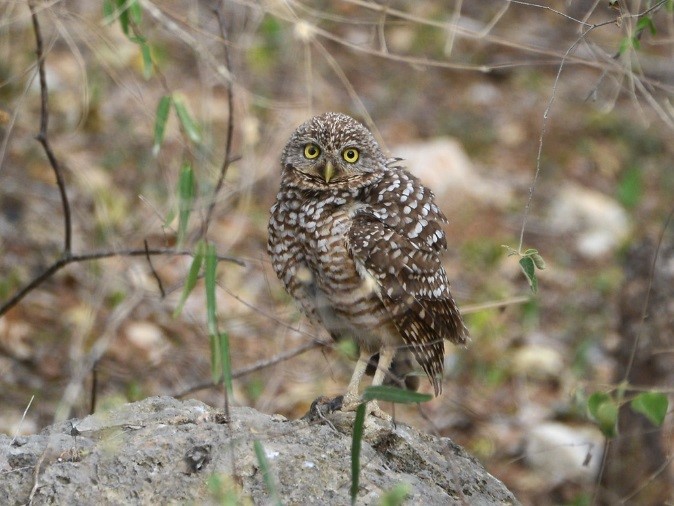
“Hispaniolan Burrowing Owl,” A. c. troglodytes. (Rabo de Gato Trail, Dominican Republic; April 11, 2015.) © Alan Van Norman
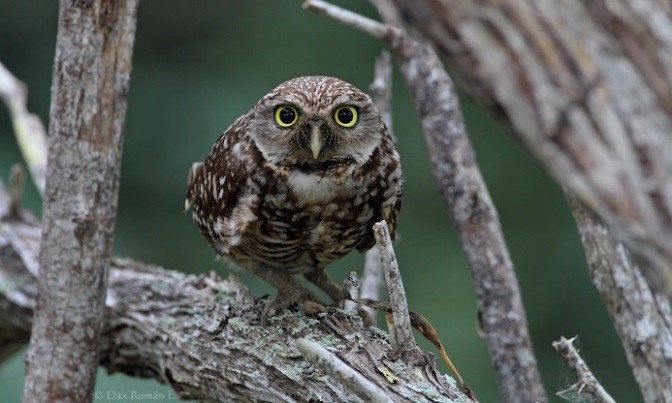
“Hispaniolan Burrowing Owl.” (Monte Cristi, Dominican Republic; May 30, 2013.) © Dax M. Román E.
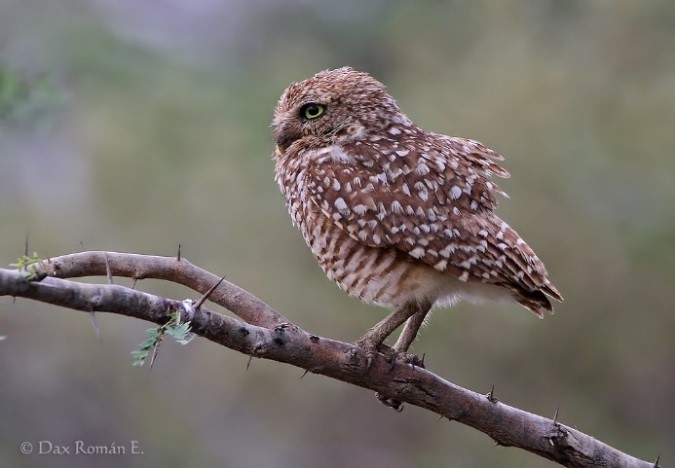
“Hispaniolan Burrowing Owl,” A. c. troglodytes, an unusually reddish individual. (Monte Cristi, Dominican Republic; May 30, 2013.) © Dax M. Román E.
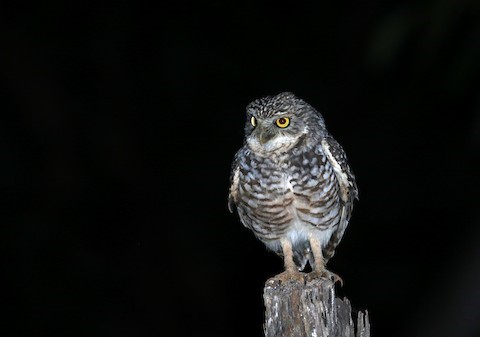
“Hispaniolan Burrowing Owl,” A. c. troglodytes. (Puerto Escondido, Dominican Republic; January 23, 2019.) © Jay McGowan
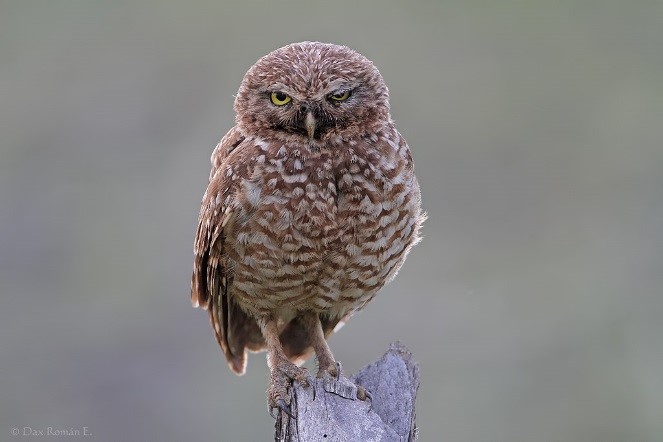
“Hispaniolan Burrowing Owl,” A. c. troglodytes. (Monte Cristi, Dominican Republic; June 1, 2013.) © Dax M. Román E.
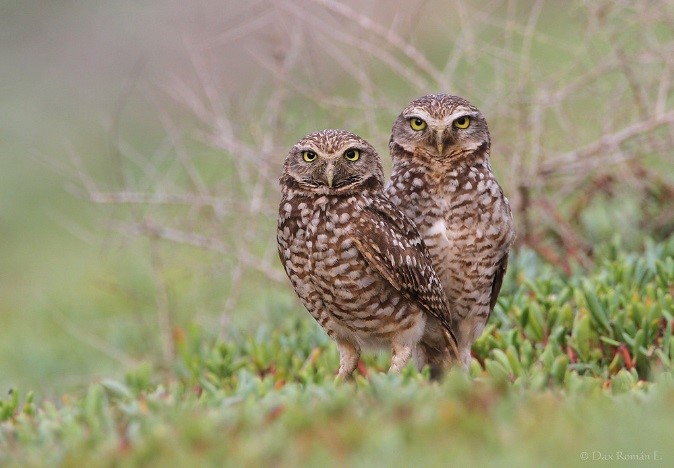
“Hispaniolan Burrowing Owl,” A. c. troglodytes. (Monte Cristi, Dominican Republic; June 1, 2013.) © Dax M. Román E.
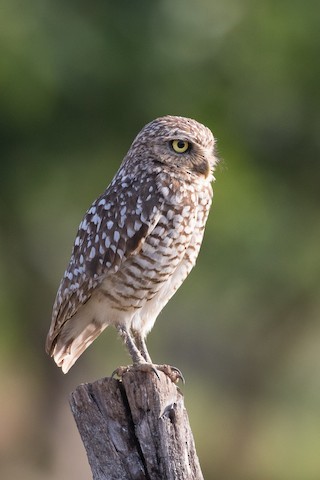
“Hispaniolan Burrowing Owl,” A. c. troglodytes. (Puerto Escondido, Dominican Republic; April 3, 2017.) © Robert Lewis
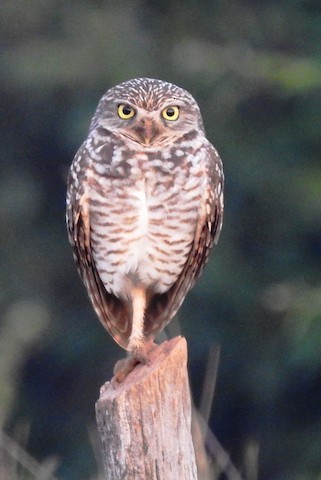
“Hispaniolan Burrowing Owl,” A. c. troglodytes—note dark chest and barred underparts. (La Placa, Dominican Republic; March 1, 2018.) © Pete Read
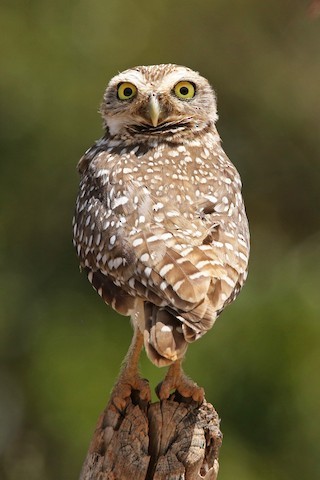
“Hispaniolan Burrowing Owl,” A. c. troglodytes. (Puerto Escondido, Dominican Republic; April 9, 2019.) © Volker Hesse
Cf. “Florida Burrowing Owl.” The “Florida” and “Hispaniolan” forms of Burrowing Owl occur in fairly close proximity to one another, and a wanderer of either form would be difficult to distinguish from the other.
The “Florida” form averages paler and about 10% larger than “Hispaniolan,” and typically has sparser brown markings on the underparts—however, due to individual variation within each form, there is likely some overlap in these features. In flight, the coloration of the underwing coverts is diagnostic: lightly speckled with brown on “Florida” and more heavily mottled on “Hispaniolan.”
Notes
Monotypic form, one of twelve potentially distinct forms of Burrowing Owl.
References
eBird. 2019. eBird: An online database of bird distribution and abundance. Cornell Lab of Ornithology, Ithaca, N.Y. http://www.ebird.org. (Accessed June 14, 2019.)
Enríquez, P.L., K. Eisermann, H. Mikkola, and J.C. Motta-Junior. 2017. A Review of the Systematics of Neotropical Owls (Strigiformes), Neotropical Owls: Diversity and Conservation (P.L. Enríquez, ed.). Springer International Publishing, Cham, Switzerland.
Holt, D.W., R. Berkley, C. Deppe, P. Enríquez Rocha, J.L. Petersen, J.L. Rangel Salazar, K.P.. Segars, K.L. Wood, E. de Juana, and J.S. Marks. 2019. Burrowing Owl (Athene cunicularia). In Handbook of the Birds of the World Alive (J. del Hoyo, A. Elliott, J. Sargatal, D.A. Christie, and E. de Juana, eds.). Lynx Edicions, Barcelona. https://www.hbw.com/node/55091. (Accessed June 14, 2019.)
König, C., and F. Weick. 2008. Owls of the World (Second Edition). Yale University Press, New Haven.
Latta, S., C. Rimmer, A. Keith, J. Wiley, H. Raffaele, K. McFarland, and E. Fernandez. 2006. Birds of the Dominican Republic and Haiti. Princeton University Press, Princeton, N.J.
Mikkola, H. 2012. Owls of the World: A Photographic Guide. Firefly Books, London.
Raffaele, H., J. Wiley, O. Garrido, A. Keith, and J. Raffaele. 1998. A Guide to the Birds of the West Indies. Princeton University Press, Princeton, N.J.
